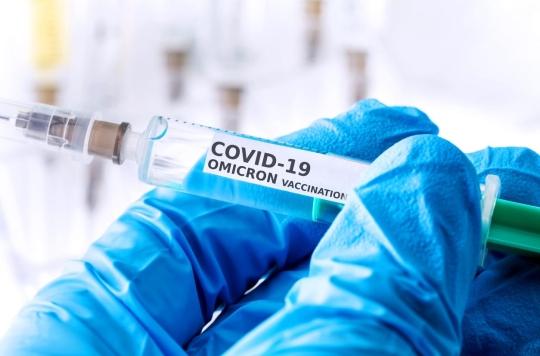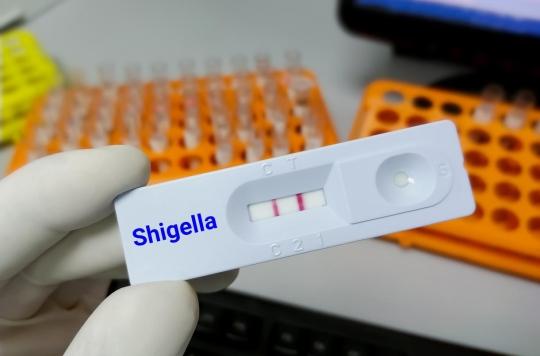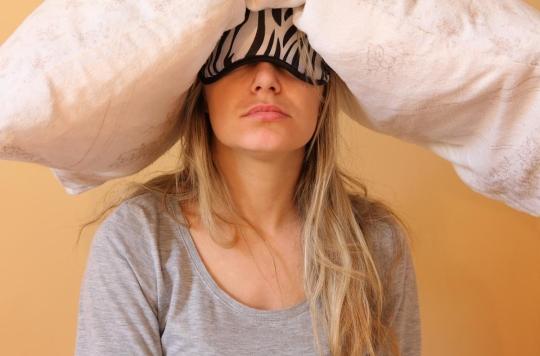38,000 French people die each year from cardiac arrest. With better knowledge of cardiac massage, it would be possible to save a third, according to American specialists.

95% of cardiac arrest victims die of it each year in France. However, performing manual cardiac massage very soon after the incident could save 30%. A study, presented on November 16, 2013 at the Congress ofAmerican Heart Association (AHA) in Dallas (Texas, USA) brings new recommendations.
Survive without lesions
In the United States, less than one in ten people survive cardiac arrest according to the AHA. The fault lies mainly with a poor knowledge of the gestures that save. This study, based on Japanese data, shows that rapid and long-lasting cardiac massage improves the patient’s chances of survival. Thus, a 38-minute massage has an indisputable effect on survival and the state of brain function.
Cardiac massage is indeed vital when the heart stops working: compressions force it to send blood to the body. This allows in particular to irrigate the brain, which is damaged as soon as it is no longer irrigated.
The study, conducted by eight Japanese researchers, analyzed the figures related to cardiac arrests out of hospital and in intensive care. The country’s authorities keep records of each such event, from treatment to discharge from hospital. The results confirm what doctors already suspected: “What this study says is that everything we did about massage did indeed improve the chances of survival,” summarizes Ray Fowler, resuscitator for the newspaper Dallas News.
A kiosk that saves
But few people know how to save life and first aid training is not compulsory. Yet they could save many lives each year. At the same convention, a team from the University of Arizona presented a new technique. It demonstrates the value of being trained, if only briefly. A cardiac massage training kiosk was set up at the Dallas / Fort-Worth International Airport and tested with 100 volunteers. A video shows the different stages of cardiac massage. Then, a short practical session with a mannequin is offered, followed by a 30-second test on cardiac massage. The participant’s gestures are analyzed: depth and frequency of compressions, position of the hands. It is then corrected. According to the study, the group who received this one-minute training reacted better than the one who did not, when they witness a cardiac arrest: participants call for help and start compressions earlier. .
Stayin ‘Alive in France
The French recommendations during a cardiac arrest are simple: contact the emergency services first by calling 15, or 112 in Europe. Then quickly start manual heart massage. To do this, place the hands in the center of the chest and perform deep, strong and rapid. It is important to continue them without stopping until the emergency services take over. This procedure improves the victim’s chances of survival without brain damage. For each minute spent without stimulation, they decrease by 5%. The AHA gives valuable advice on the pace to adopt. Just keep in mind that of the Bee Gees ‘disco hit “Stayin’ Alive”: it is the perfect tempo for a heart massage. This recommendation was also the subject of a campaign in the United Kingdom, which raised awareness of the importance of knowing the gestures that save. A medical simulation research laboratory, Ilumens has developed a serious game on this theme.
You can also learn saving skills online. Website Staying Alive teaches resuscitation techniques in real situations.
.















